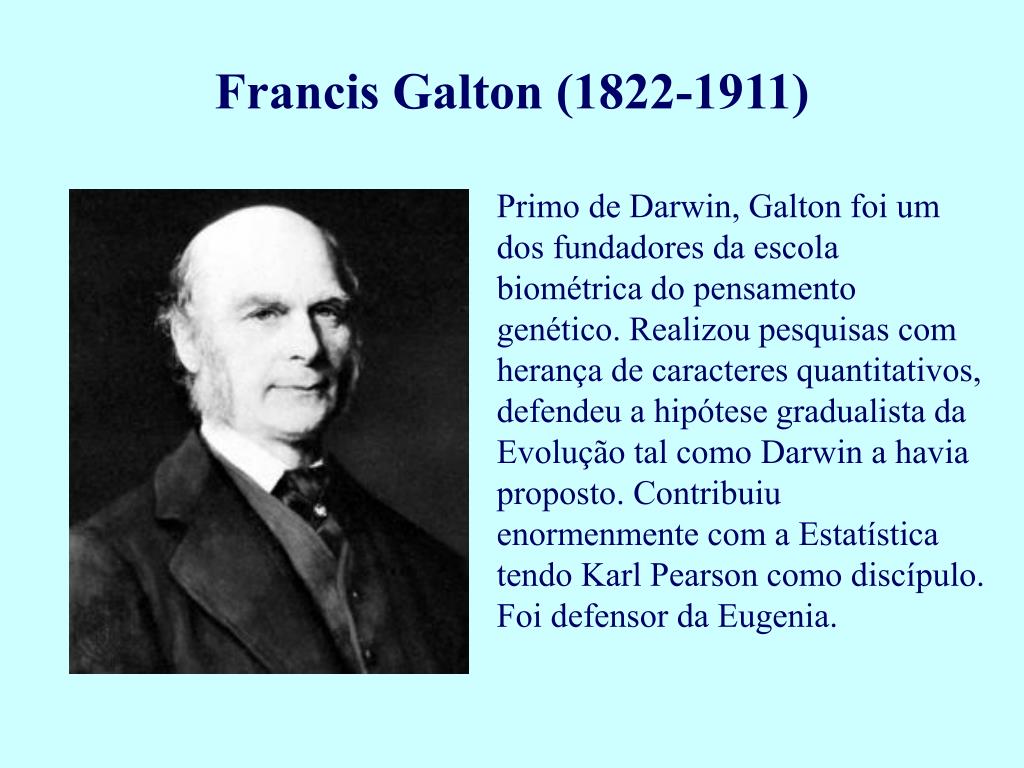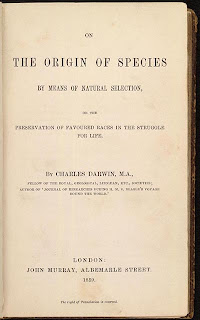
Ramos claimed the action was needed to battle rampant poverty and economic strife however, it may have also been a way to prevent the so-called superior Aryan gene pool from becoming tainted with Latino blood.Īccording to a 1976 Government Accountability Office investigation, between 25 and 50 percent of Native Americans were sterilized between 19. In the 1930s, the acting governor of Puerto Rico, Rafael Menendez Ramos, implemented sterilization programs for Puerto Rican women.

In the words of Supreme Court Justice Oliver Wendell Holmes, “…three generations of imbeciles are enough.” In 1942, the ruling was overturned, but not before thousands of people underwent the procedure. Supreme Court ruled that forced sterilization of the handicapped does not violate the U.S. Thirty-three states would eventually allow involuntary sterilization on whomever lawmakers deemed unworthy to procreate. Many sterilizations were forced and performed on minorities. From 1909 to 1979, around 20,000 sterilizations occurred in California state mental institutions under the guise of protecting society from the offspring of people with mental illness. Forced SterilizationsĮugenics in America took a dark turn in the early 20th century, led by California. The Eugenics Record Office also maintained there was clear evidence that supposed negative family traits were caused by bad genes, not racism, economics or the social views of the time. The office tracked families and their genetic traits, claiming most people considered unfit were immigrants, minorities or poor. John Harvey Kellogg, of Kellogg’s cereal fame, organized the Race Betterment Foundation in 1911 and established a “pedigree registry.” The foundation hosted national conferences on eugenics in 1914, 19.Īs the concept of eugenics took hold, prominent citizens, scientists and socialists championed the cause and established the Eugenics Record Office. In 1903, the American Breeder’s Association was created to study eugenics. In 1896, Connecticut made it illegal for people with epilepsy or who were “feeble-minded” to marry. His plan never really took hold in his own country, but in America it was more widely embraced.Įugenics made its first official appearance in American history through marriage laws. In the late 19th century, Galton-whose cousin was Charles Darwin-hoped to better humankind through the propagation of the British elite. While Plato’s ideas may be considered a form of ancient eugenics, he received little credit from Galton. He also suggested a variety of mating rules to help create an optimal society.įor instance, men should only have relations with a woman when arranged by their ruler, and incestuous relationships between parents and children were forbidden-but not between brother and sister. In one of Plato’s best-known literary works, The Republic, he wrote about creating a superior society by procreating high-class people together and discouraging coupling between the lower classes. Even so, it remains controversial.Įugenics literally means “good creation.” The ancient Greek philosopher Plato may have been the first person to promote the idea, although the term “eugenics” didn’t come on the scene until British scholar Sir Francis Galton coined it in 1883 in his book, Inquiries into Human Faculty and Its Development.

Modern eugenics, more often called human genetic engineering, has come a long way-scientifically and ethically-and offers hope for treating many devastating genetic illnesses. Eugenics was popular in America during much of the first half of the twentieth century, yet it earned its negative association mainly from Adolf Hitler and his obsessive attempts to create an advanced Aryan race. Historically, eugenics encouraged people of so-called healthy, “superior” stock to reproduce and discouraged reproduction of the physically or mentally challenged-or anyone who fell outside the social norm. Early supporters of eugenics believed people inherited mental illness, criminal tendencies and even poverty, and that these conditions could be bred out of the gene pool.

It aims to reduce human suffering by “breeding out” disease, disabilities and so-called undesirable characteristics from the human population. Eugenics is the practice or advocacy of improving the human species by selectively mating people with specific desirable hereditary traits.


 0 kommentar(er)
0 kommentar(er)
